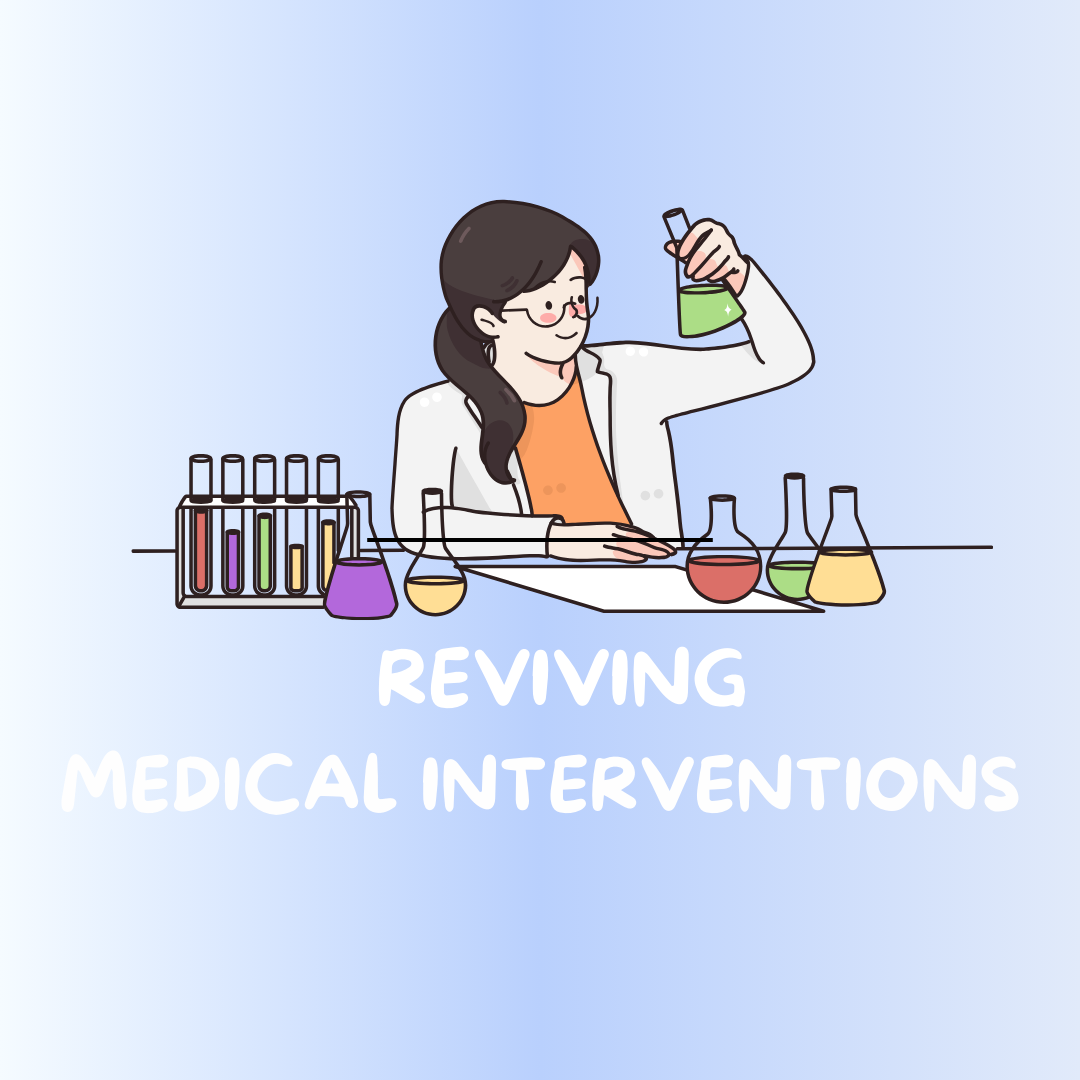*As seen in print
Clad in a lab coat and goggles, a student gazes intently at the petri dish positioned at eye level. Across the room, another student swabs the petri dish transferring bacteria from one side to the other. Her group members lean in to watch, focusing on the bacteria. In between the discussions and questions, there are the sounds of keyboards clicking and pencil scratching across the paper.
Medical Interventions was introduced in 2020 and was taught by then science teacher, but now assistant principal, Samuel Rodriguez. The class was no longer offered following COVID-19. However, science teacher and HOSA sponsor Alicia Wilson reintroduced it this school year, and the class was offered last spring as a course option. Medical Interventions is the third class in Project Lead the Way (PLTW), a biomedical science program.
“I’ve really been trying to get the word out,” Wilson said. “I have a lot of kids who take biomed, and then it kind of seems to trickle off from there. Every year, I’ve been pushing kids to keep going, take Human Body Systems and then Human Anatomy. I was working with Ms. Shanaa, and encouraged all of the HBS (Human Body Systems) kids to take medical interventions this year, so we’ve finally brought it back and I’m really excited about it.”
At the end of the year, students can take the Biotechnology Assistant Certification Exam (BACE) to become a licensed biotech assistant.
“With this certification, they can easily work in a lab either in the college that they’re in or if there’s a research lab with a part time job available,” Wilson said. “They’re going to learn valuable lab skills [and] just getting a lot of exposure to new and upcoming research technology in the medical field.”
A few of their units are infectious disease, genetics and cancer. All of the units have a clinical aspect, with also associated lab skills.
“[It] is a phenomenal course for anybody that wants to go into laboratory work, research, especially in biomedical engineering, biology and biochemistry,” Rodriguez said. “It gives you the sneak peek of what your future could look like.”
In this class, there is a focus on different biotechnology lab skills, from students learning how to work with micropipettes to learn DNA analysis and gene editing.
“Compared to biomed, these labs are a lot more in-depth,” Wilson said. “It’s college level material that they’re learning, so that makes it more interesting and fun. Also since it’s a smaller class, each kid gets much more hands-on time rather than having to share.”
The prerequisites to this class are that students must have taken Principles of Biomedical Science, and Human Body Systems or Anatomy and Physiology. Currently, there are 20 students enrolled in the course.
“All of the kids in here, I’ve taught previously whether it be biomed or anatomy or both,” Wilson said. “I know them really well, it’s a really good group of kiddos. All of those kids are interested in healthcare and hope to pursue that. This class exposes them to a lot of those skills before they get to college.”


